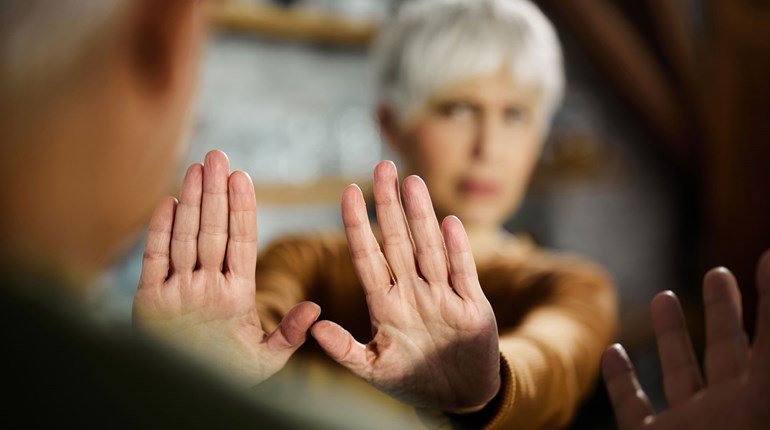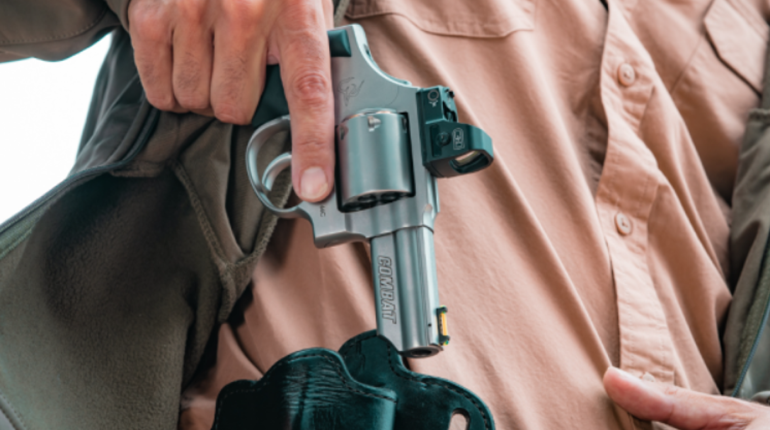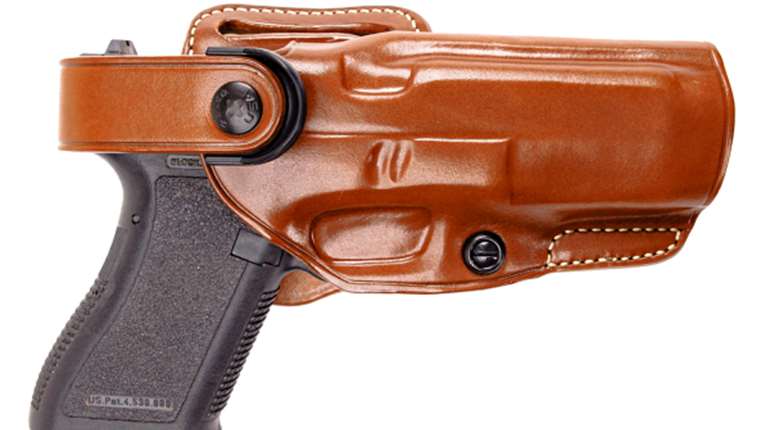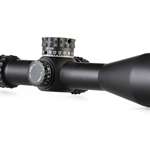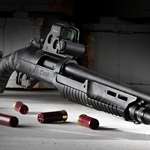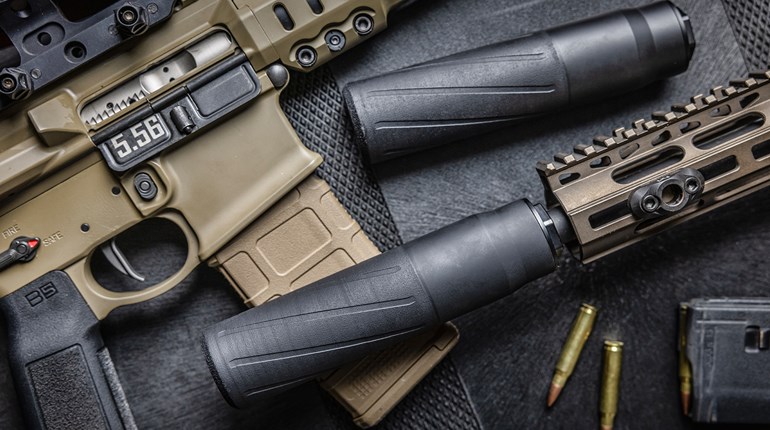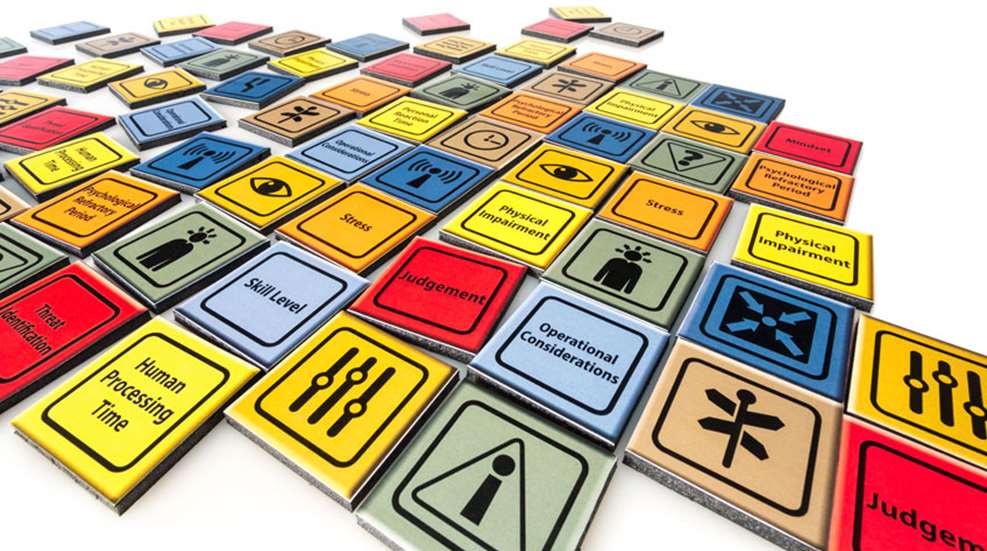
This article, "The Four Factors of Survival," appeared originally as a Handbook in the December 2017 issue of Shooting Illustrated. To subscribe to the magazine, visit the NRA membership page here and select Shooting Illustrated as your member magazine.
In theory, should you find yourself in a nasty situation where you may need to go to concealed-carry guns for your survival, it’s a simple matter of drawing your pistol, point the muzzle toward the threat and press the trigger, right? Well, what if that simple solution to a complex problem turns out to be not so simple?
Widening our scope of study from pressing the trigger to the totality of managing an active threat from the onset, there are four main contributing factors (each with its own subsets to manage) to your going to guns for survival that must be considered: Awareness, Psychological, Physiological and Performance.
Awareness Factors
Mindset
When it comes to confronting an active threat such as an active shooter, knife attack or similar physical violence threatening yourself and/or those with you, the first and foremost factor determining your ability to survive is mindset.
You have three options from which to choose:
1. “It will never happen to me.”
2. “Someone else will handle it.”
3. “It’s my responsibility.”
Which of these will best serve your own personal security? Number 3 seems obvious, but it isn’t to everyone. Absent this mindset, you’re so far behind the power curve you may as well just assume the fetal position.
Awareness Condition
Second is the condition of your awareness. Developed by Col. Jeff Cooper, there are four conditions of awareness applied to environmental observation. If you’ve never heard of them, they are a critical component of situational awareness.
The lowest is Condition White, which offers the least amount of awareness. This describes when you’re sitting comfortably at home in front of your TV with doors locked, perfectly safe and in a completely controlled environment replete with locks, alarms, cameras, firewalls, etc. Your home is your castle, your sanctuary, and Condition White is often perfectly applicable at home, though not always.
However, the second you pop your head outside your front door, it’s time to click up to the next level of awareness, Condition Yellow. In this condition you are relaxed, but alert. There isn’t a specific threat, but you are ready to confront one should it arise. This condition is recommended at all times when you are in public.
Observing a potential threat, you are placed on a mental alert clicking you up an awareness notch. Here, you apply Condition Orange, which means that you have identified a specific threat.
The highest is Condition Red, which means that you’re in the fight, and as things have now gone physical, you are called to action.
Threat Identification
You can’t respond to a threat if you can’t recognize one. Being in relaxed state of general awareness (Condition Yellow) affords you the opportunity to identify a threat. Using your senses to hear it, see it, smell it coming, you can observe who or what is the threat, what direction it’s coming from and additional environmental information that can help you formulate an appropriate solution.
Judgment
After identifying a potential threat, you must then decide “Is this an active threat?” Either it is or it isn’t. If not, then you go about your business without interruption. If it is, then it may require one of two solutions: a tactical solution where you quickly remove yourself from the threat area, or a solution requiring the use of force, which may or may not involve lethal force.
You must then decide: Is this a shoot or no-shoot scenario? You must immediately weigh the pros and cons of going to guns.
Time is not on your side during this judgment process. If you determine that it is a shooting solution, then your considerations multiply. Is my firearm accessible? Can I deploy it in a timely manner? What is my backstop? Can I take the shot?
All active threats are dynamic, and the conditions surrounding that threat are in a constant state of flux. The condition of the threat, the condition of your environment and the condition of your firearm can and will change in the blink of an eye.
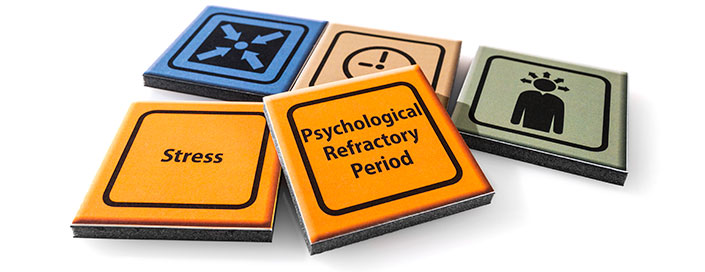
Psychological Factors
If it does end up being a shooting solution and you make the decision to go to guns, you are rendered subject to two critical psychological factors: stress and Psychological Refractory Period (PRP).
Stress
Stress is nothing more than physical duress. Your heart rate is accelerated, your body’s primary stress hormones—adrenaline, cortisol and norepinephrine—are dumped into your system and consequentially, your normal world isn’t so normal anymore.
When I was running qualifications back in the day, even the best shooters on the line performed slightly below their capacity when they had that pass-or-fail-to-stay-on-the-squad qualification monkey on their back. When you must guarantee that A-zone hit, the price tag is time.
Psychological Refractory Period
Psychological Refractory Period, or PRP, is a psychological state impacting your performance. You can see how this works next time you go to the range. Set up three targets at about 10 yards. Using your shot timer, draw from the holster and fire one round into the “A” zone of target one. Let’s say this takes you 1.5 seconds. Do this at least three to five times (the more the better) to find your average time. Try to be consistent and don’t miss the “A” zone—guarantee your hits as if your life depended on it.
Next, fire one round into the “A” zone of target one and then another round into the “A” zone of target two. You will notice that the time it took to hit target one, drawing from your holster, might be slightly longer than when you were firing only one round.
Then, fire one round into the “A” zone of target one and one round into the “A” zone of target two and then one round into the “A” zone of target three.
Compare the time it took to hit target one when you were firing only one round versus your time on target one when you hit all three targets. PRP is a psychological factor directly impacting your actual round-placement-response time.
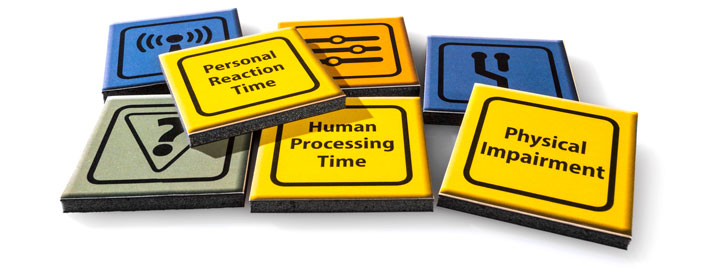
Physiological Factors
In addition to awareness factors and psychological factors, there are certain physiological factors that cannot be ignored when considering a shooting solution. One of the most critical is your own personal reaction time.
Personal Reaction Time
Former FBI Agent, renowned small-arms expert and holster designer Bill Rogers has measured the average Unit of Human Reaction Time (UHR) at approximately .25 second. Calculated as the amount of time it takes your brain to send the electrical signal down to your trigger finger telling it to press rearward, you can measure this yourself by again going to the range with a shot timer.
Have a buddy hold the shot timer to your ear. Point your fully loaded pistol safely downrange and take up any slack in the trigger. On the beep, press the shot and don’t worry about hitting a target. The measurement from beep to boom is your UHR.
Human Processing Time
Let’s step back from the actual trigger press and look at the totality of circumstance. Per Dr. Daniel Johnson, a human factor psychologist, when you are overloaded with new, unfamiliar and threatening information, you enter a state of temporary mental paralysis. Your mind must run through several steps to process the new information before your body can react. Per Johnson, the steps needed to process new information are: Cognition, Perception, Comprehension, Decision, Implementation and then Movement.
Cognition is the mental action or process of acquiring knowledge and understanding through thought, experience and the senses. Perception is a method, or mental impression of that cognition. Comprehension—the act of understanding that mental impression. Decision is the conclusion or resolution reached after consideration of that mental impression. Implementation is the process of putting that decision into action. Movement is the physical manifestation of the implementation process. All of this takes time, making it a survival factor that cannot be ignored.
Physical Impairment
Physiological factors can include such graduated levels of physical impairment as your own personal eye-hand coordination. Impairment can also include personal injuries—either ones you have on a regular basis or those incurred during the violence of the engagement.
An oft-understated physical impairment is visual acuity. Whether it may be chemical agent(s) introduced such as OC spray or other such irritants thrown in your face, blood, sweat, a cut (if someone slashed your face/eyes), significant tearing, not wearing your glasses, experiencing tunnel vision or inability to focus your bifocals quickly enough to pick up that flash sight picture; any of these can impact effective combat round placement.
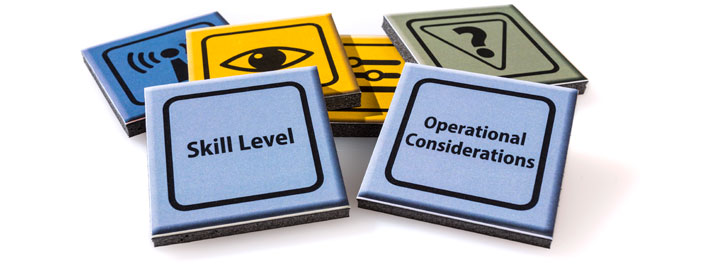
Performance Factors
The fourth contributing factor to your survival during a shooting response involves personal performance factors. Completely subjective and based squarely on your background and experience, your performance factors include operational and skill-level considerations.
Operational Considerations
Sworn peace officers and civilians alike are subjected to three non-negotiable operational considerations: legal, policy and tactics.
Paramount among these three factors is the legal ramifications of your actions. Are the physical actions you are about to undertake with your firearm within the letter of the law? Every cent of your retirement fund, your home, your vehicle and any other nest eggs you may have spent your entire existence building is etched onto the nose of that one bullet sailing downrange from the smoking muzzle of your firearm. Your actions must be justified in the eyes of the law.
If you’re a cop, you must consider agency policy. Even as a civilian, you are required to stay within the guidelines of reasonable use of force.
Although you would think that in a shooting scenario, combative tactics would and should be the primary consideration, our society is constructed in such a manner that law enforcement professionals and defense-minded citizens are often forced to place tactics at the very bottom of their split-second decision-making process—lagging behind legal and policy concerns.
Skill Level
Whether you are a competitor, focus solely on self-defense or dabble in both realms, you will fall to the lowest level of your last training. Under duress, shooting mechanics can easily break down, and with them your performance.
Shooting mechanics are any gun-handling skills to include rapid deployment from cover, marksmanship and the ability to deliver combat effective round placement with speed and accuracy under extreme duress. Recoil management is a contributing factor to the speed and accuracy of effective round placement. The difference in skill of controlling the recoil of a 124-grain factory 9 mm round compared to a hot .45 ACP load for nine rounds can cost you a .1 second per round for a total of about one second if you have a 10-round magazine and are required to empty it. That can be a very long time when you’re fighting for your life.
Think about trigger control during multiple rounds—can you perform a rapid trigger press without disturbing the muzzle through an entire magazine? What are your average split times (time measured between round placement from the last round on the same target) and transition times (time measured between the first-round placement on your current target and the round before it placed on a previous target)? What happens when you’ve exhausted your gun’s ammunition supply and must replenish your source of ammunition with a new magazine? If so, are you proficient at accessing and exchanging it with the empty magazine in your pistol? Whether you’ve never had any formal training or you’re out of practice, shooting is a highly perishable skill.
What can you do to stack these survival factors in your favor? You can influence most of these factors. Just knowing what they are and how they impact you is a tremendous first step, but you can certainly do yourself one better.
Situational awareness is not something you can afford to omit from your daily routine. As a soft skill, it must be practiced daily for it to be effective in threat identification and judgment. Situational awareness doesn’t cost anything, but its benefits are immeasurable.
Performance can be enhanced and maintained through training and practice. A recommended once- or twice-a-month session at the range to run through a few basic performance drills will help keep the rust off of your muzzle. Put in the time and effort to give yourself every possible advantage should you be forced into a dangerous situation by an attacker. Chance favors the prepared mind.













